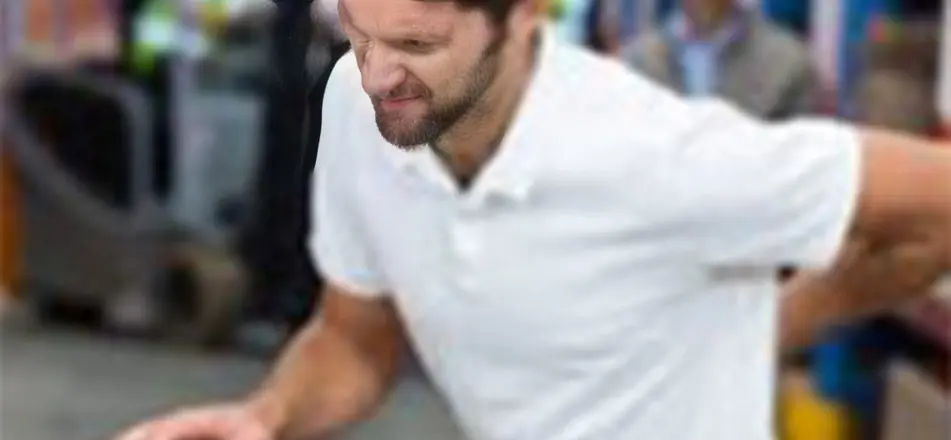Lower Back Injuries in Connecticut Workers’ Compensation: Diagnosis & Treatment

Being injured at work can be a traumatic experience that can lead to long-term physical and financial consequences. One of the most common workplace injuries is lower back (also referred to as the lumbar spine) injuries, which can result in pain, discomfort, and inability to perform the tasks required for the job. According to the Bureau of Labor Statistics, lower back injuries are responsible for 31% of all work-related injury costs in the US. In this post, we will discuss the different types of lower back injuries that can occur in the workplace, their corresponding diagnoses, and the treatment options available to treat them.
Connecticut Work Injury: Lumbar Strains & Sprains
Lumbar strains and sprains are the most common types of lower back injuries in workers compensation claims. It is often caused by overexertion, repetitive motion, awkward posture, or a sudden twist. Symptoms can range from mild to severe pain, stiffness, and muscle spasms. Diagnosis typically involves X-rays or MRI and physical examination. Treatment options include physical therapy, chiropractic care, and anti-inflammatory and pain-relieving medication.
Disc Herniation
Disc herniation occurs when the discs that cushion the vertebrae in the lower back protrude, putting pressure on the surrounding nerves. It is a common workplace injury for those that perform heavy manual labor, such as lifting, twisting, and bending. Symptoms can range from mild discomfort to severe pain and numbness in the legs. Diagnosis involves X-rays, MRI, and physical examination. Treatment options include medication, physical therapy, and surgery if necessary.
Spinal Stenosis
Spinal Stenosis occurs when the spinal canal in the lower back narrows, resulting in pressure on the spinal cord and nerves. Stenosis occurs due to the wear and tear of aging, but it can also be caused by overexertion and repetitive motion. Physical trauma will often accelerate the course of or exacerbate symptoms related to stenosis. Symptoms can range from mild to severe back pain, weakness, and numbness in the legs. Diagnosis typically involves X-rays, MRI, and physical examination. Treatment options include medication, physical therapy, and surgery in severe cases. The existence of stenosis before an injury does not preclude an injured worker from pursuing a claim should a new injury exacerbate or worsen a pre-existing case of stenosis.
Compression Fractures
Compression fractures occur when the vertebrae in the lower back collapse due to injury or direct trauma. It is a common workplace injury in those that perform heavy manual labor that involves lifting and twisting. Symptoms can range from mild to severe back pain, loss of height, and a hunched posture. Diagnosis involves X-rays, MRI, and physical examination. Treatment options include medication, bracing, and surgery if necessary.
In Summary:
Lower back injuries can be debilitating and can affect a worker’s ability to perform their job efficiently, leading to financial and physical consequences. It is crucial to report any workplace injuries immediately and seek proper medical care in a timely fashion to receive proper diagnoses and treatment options. Understanding the different types of lower back injuries, their symptoms, and corresponding treatment options can help injured workers make informed decisions about their recovery.
Contact A Stratford, CT Workers’ Compensation Attorney
Any questions regarding lower back injuries in the workplace can be directed to Attorney Morizio, a Board-Certified Workers’ Compensation Specialist. He has handled thousands of lower back claims on behalf of injured workers and ensures the best route to medical care and maximizes the injured workers entitlement to benefits in these particular and nuanced cases. Contact our office today at 203-386-1433 for a free consultation.

